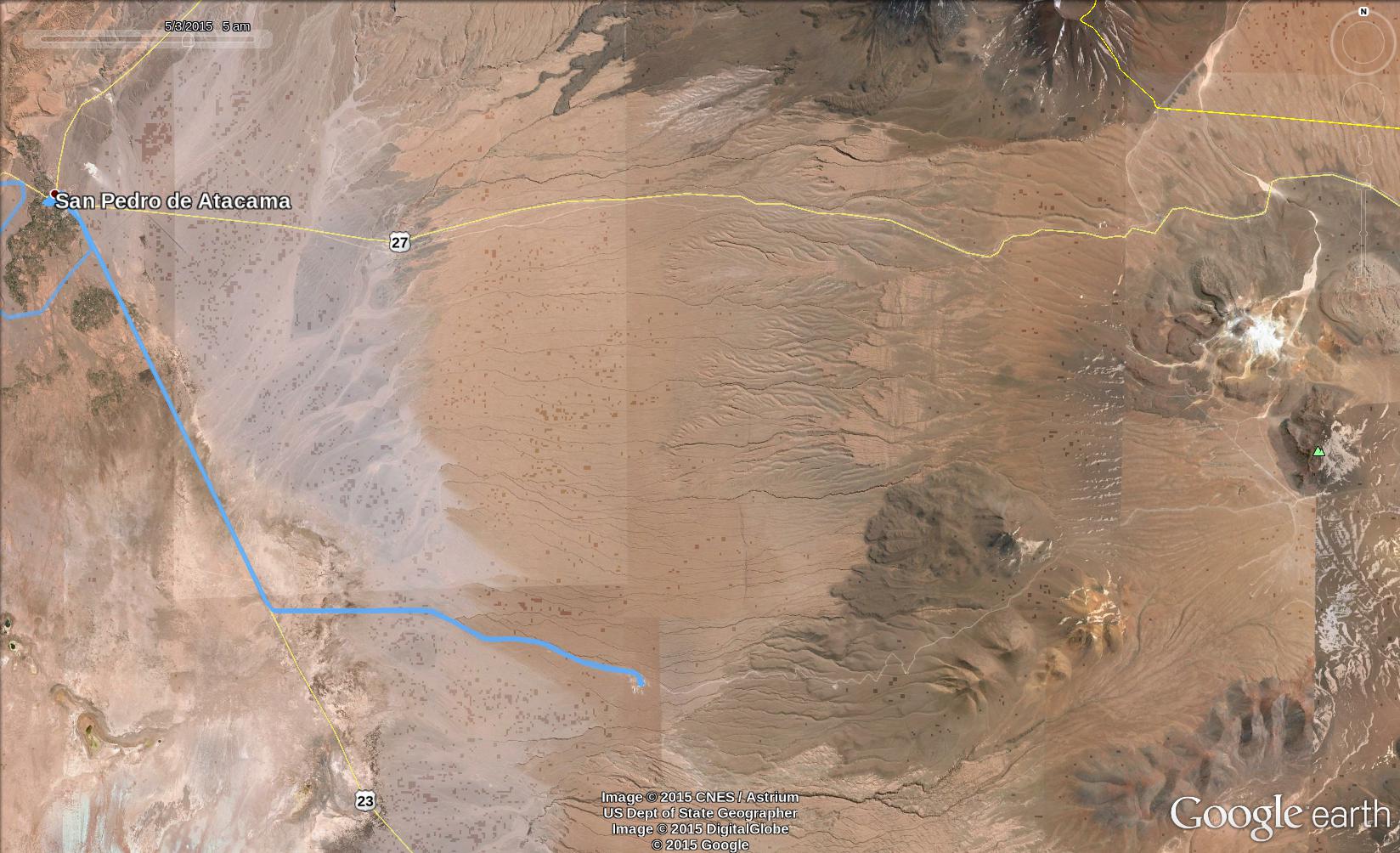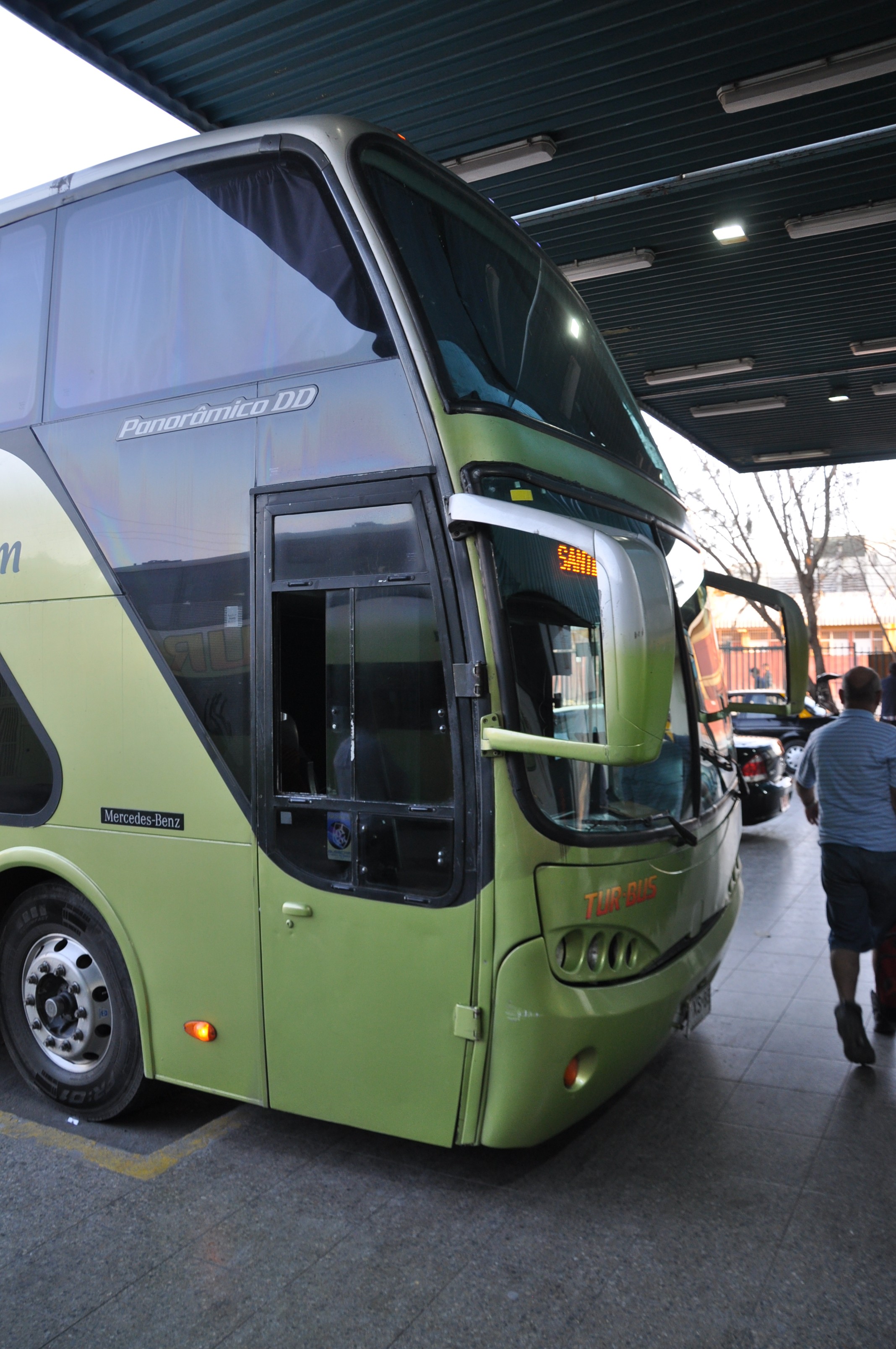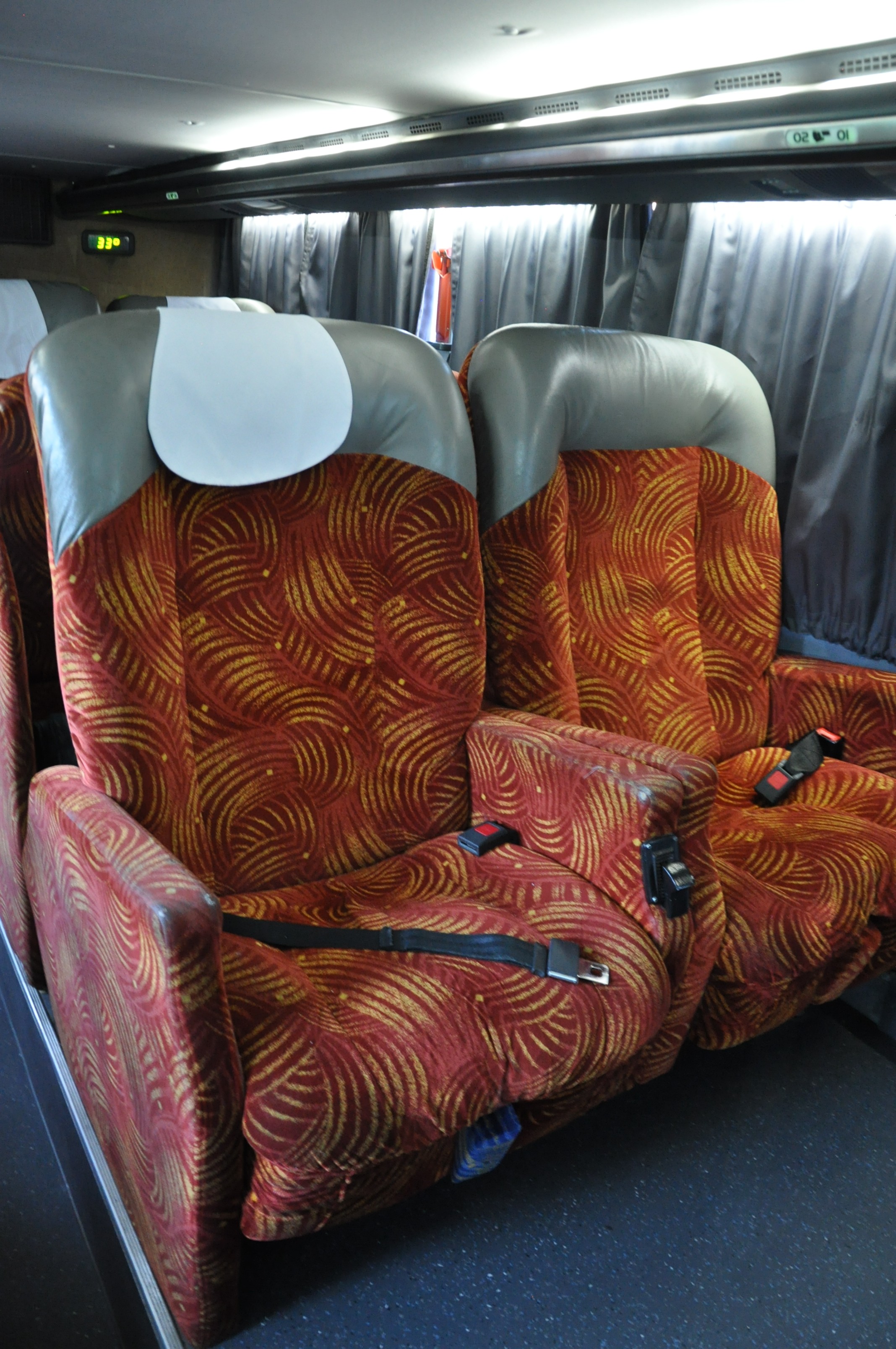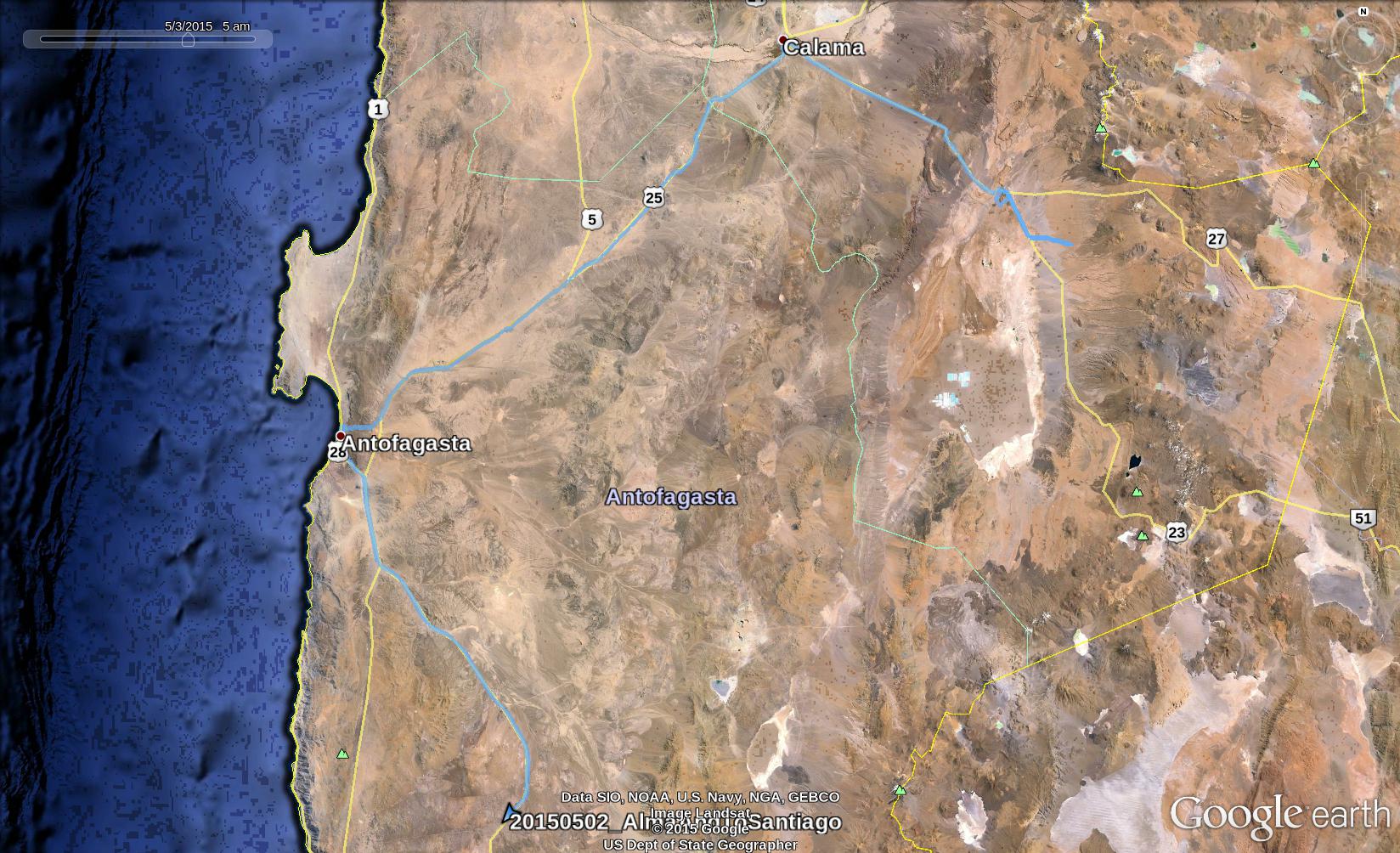Alma
I was lucky, and I got a seat on the bus tour to ALMA, even though I was just on the waiting list. The tour was only in Spanish, but being even more luckily, I made the acquaintance of Rodrigo who kindly translate everything for me.
Introduction
ALMA stands for Atacama Large Millimeter/submillimeter Array and is a radio telescope. Actually, it is not one radio telescope but 66 radio telescope that can act as one virtual telescope with a diameter of 16 km. It is located near San Pedro de Atacama and operated jointly by ESO (European Southern Observatories), NRAO (National Radio Astronomy Observatory/US), and NAOJ (National Astronomical Observatory of Japan). Chile providing the premises is a cooperation partner.
Mission/Purpose of Alma
ALMA works in the frequency range of 30 Ghz to 950 GHz. Unlike electromagnetic waves in the optical range, this part of the spectrum is not absorbed by interstellar gas and dust clouds which allows it to investigate the birth of stars and planets, and protoplanetary accretion disks. Black holes and the formation of galaxies are other areas of research to that ALMA is expected to contribute. And it is hoped that it helps to enlarge our understanding about dark matter and dark energy.
Since it became partially operational in 2011, it has already made ground breaking discoveries
- It observed the formation of a solar system, thereby verifying that planets are indeed forming from a disk of dust. The process is faster than originally anticipated
- It observed the signatures of sugar molecules . These molecules are an ingredient to life on earth.
Technical Details
The system consists of 66 12 meter dishes that can be arranged in different configurations. The dishes can be placed by special trucks onto preinstalled triangular bases providing energy and data connections. With adjusting the configuration, the angular resolution can be varied very much as with a zoom lens. The antennas are located near San Pedro and east of the control & maintenance facility on the Chainantor plateau at 5000 meters elevation. There, the air is dry and water molecules absorbing parts of the signal are sparse. The antennas are hence not easily accessible to the public, and the tour only presents the control room and the maintenance facilities.
The radio waves are picked up by one of 10 cryogenic cooled receivers at the focal point of an antenna, mixed down to an intermediate frequency of 15 Ghz, then digitized for transport via optical fibre to the correlator, and time stamped. The correlator is the heart of the system that syncs the raw data stream coming from the antennas, and then processes and filters them in 32 banks. Basically, the correlator superimposes the faint signal collected by the telescopes thereby amplifying it, while the filter function allows for spectroscopy, i.e. looking at an objects in different frequency bands (in the optical range that would correspond to different colors).
As the distance of each antennas and the correlator building varies, the system needs to account for the transport time. The length of the fibres themselves also varies with temperature during the day. The travel distance through the fibres is hence regularly measured by a laser. There are 7 weather station measuring the atmospheric conditions. The correlator also accounts for those and compensates them. The algorithm is implemented as hardware, so the computation is fast. One more interesting detail: Hard disks cannot be employed as the air is too thin to support an air cushion for the read/write heads to hover over the magnetic discs.
To produce pictures, i.e. measurements of adjacent points in the sky, either the antennas can be rotated, or the movment of the earth is used to sweep the antenna lobes across the sky.
State of Affairs
Even though ALMA’s telescope farm was completed in 2013, there is still a lot of construction and commissioning going on. The living quarters for instance are still preliminary, and it is planed to set up a hotel like in Paranal. During my visit, two parabolic antennas were tested swivelling around rapidly.
Moving on
Once the tour had returned to San Pedro, it was time to say good by to Rodrigo, Barbara, Karolina, and Eduardo who travelled as a group. Thanks again for meticulously translating every of Ralph’s words, Rodrigo.
I went to lunch with David, who was also on the tour. He set up his tents in San Pedro and tries to start up a stargazing business. Good luck with that, David.
I then went to Calama. As there were no suitable flights available from Calama to Santiago, I embarked on a 22.5 hours bus ride somewhat doubtful and wondering if this was really a good mode of transportation. Though not really fast, it turned out to be better than expected.
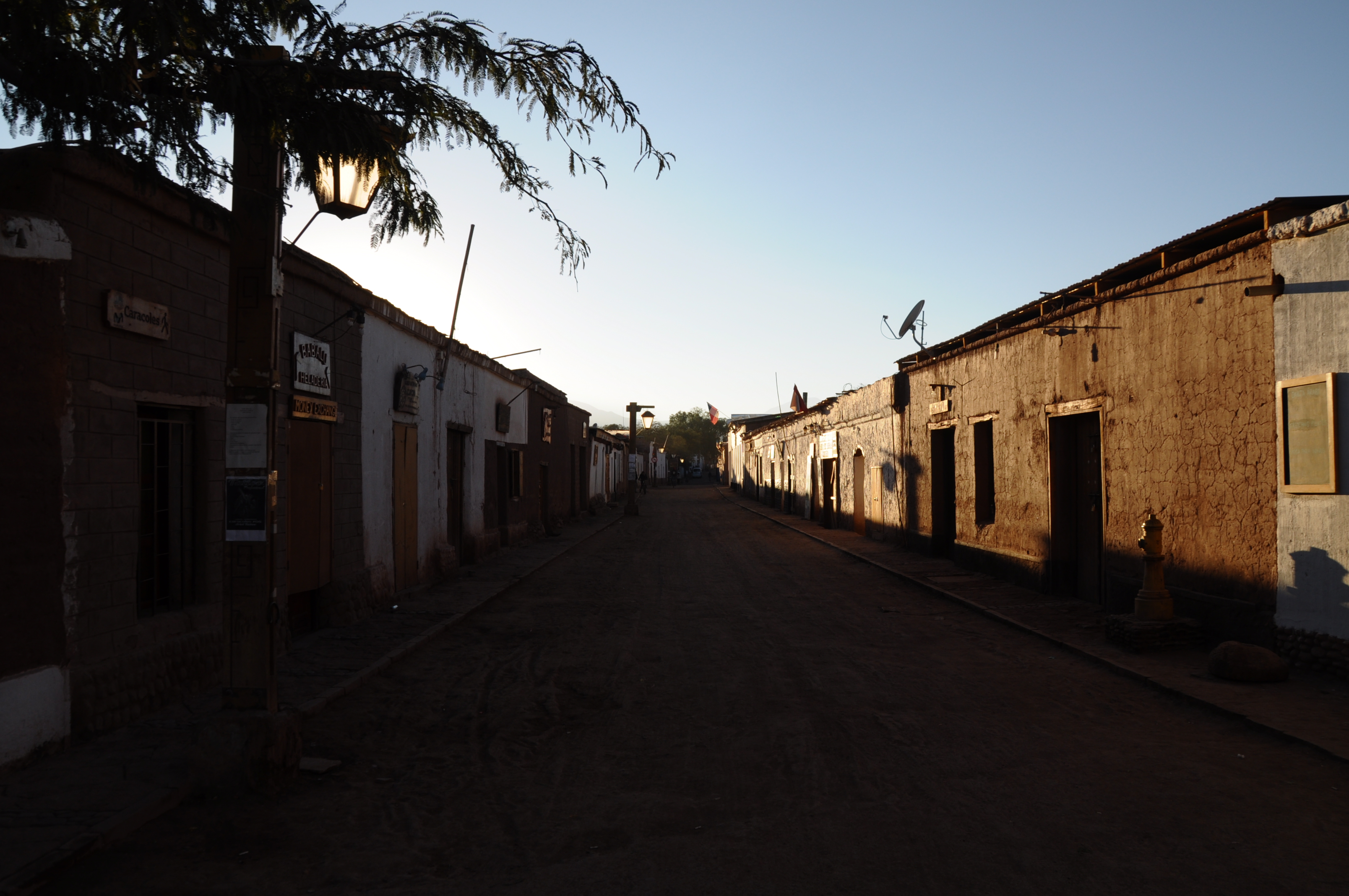
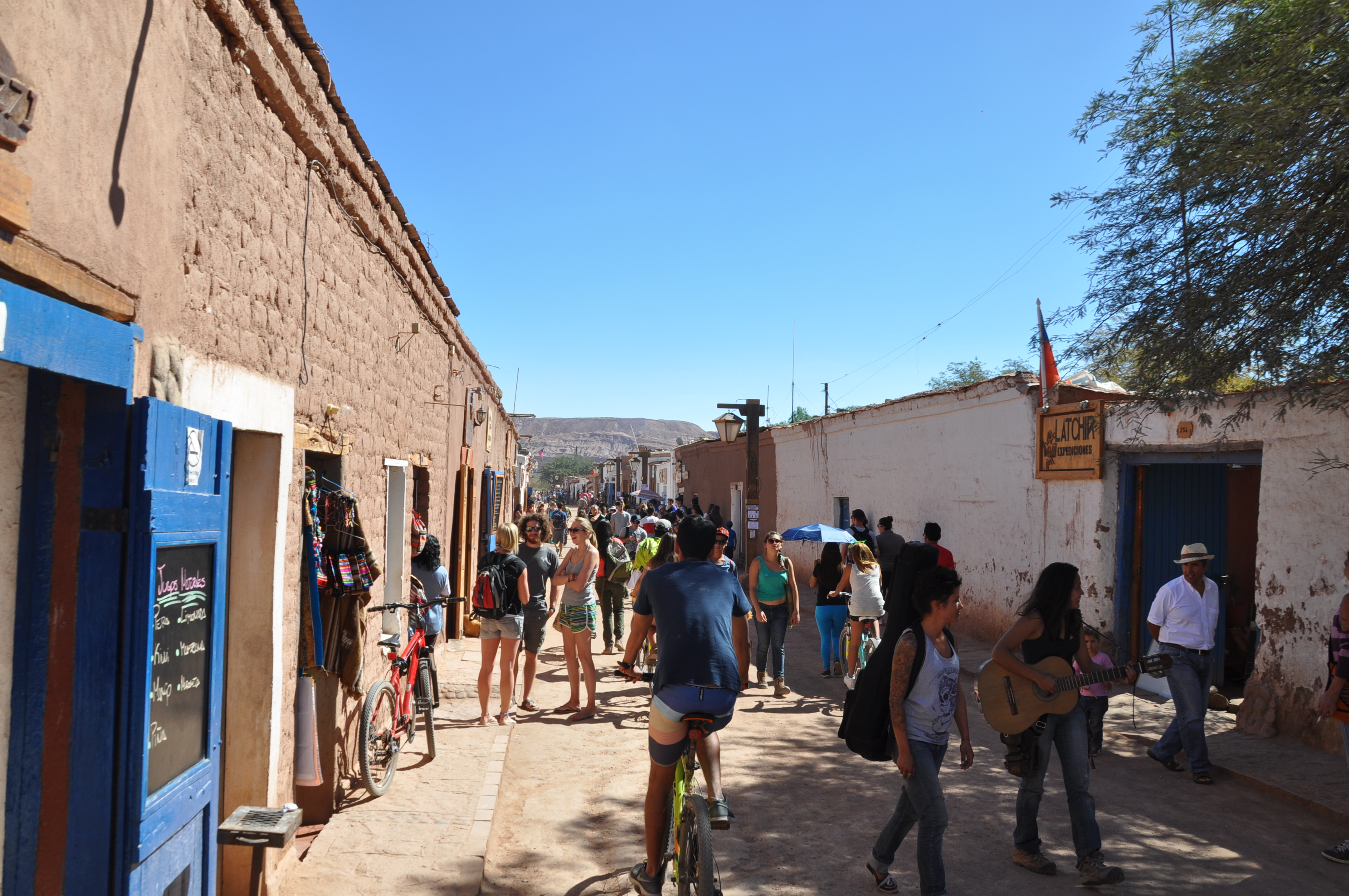
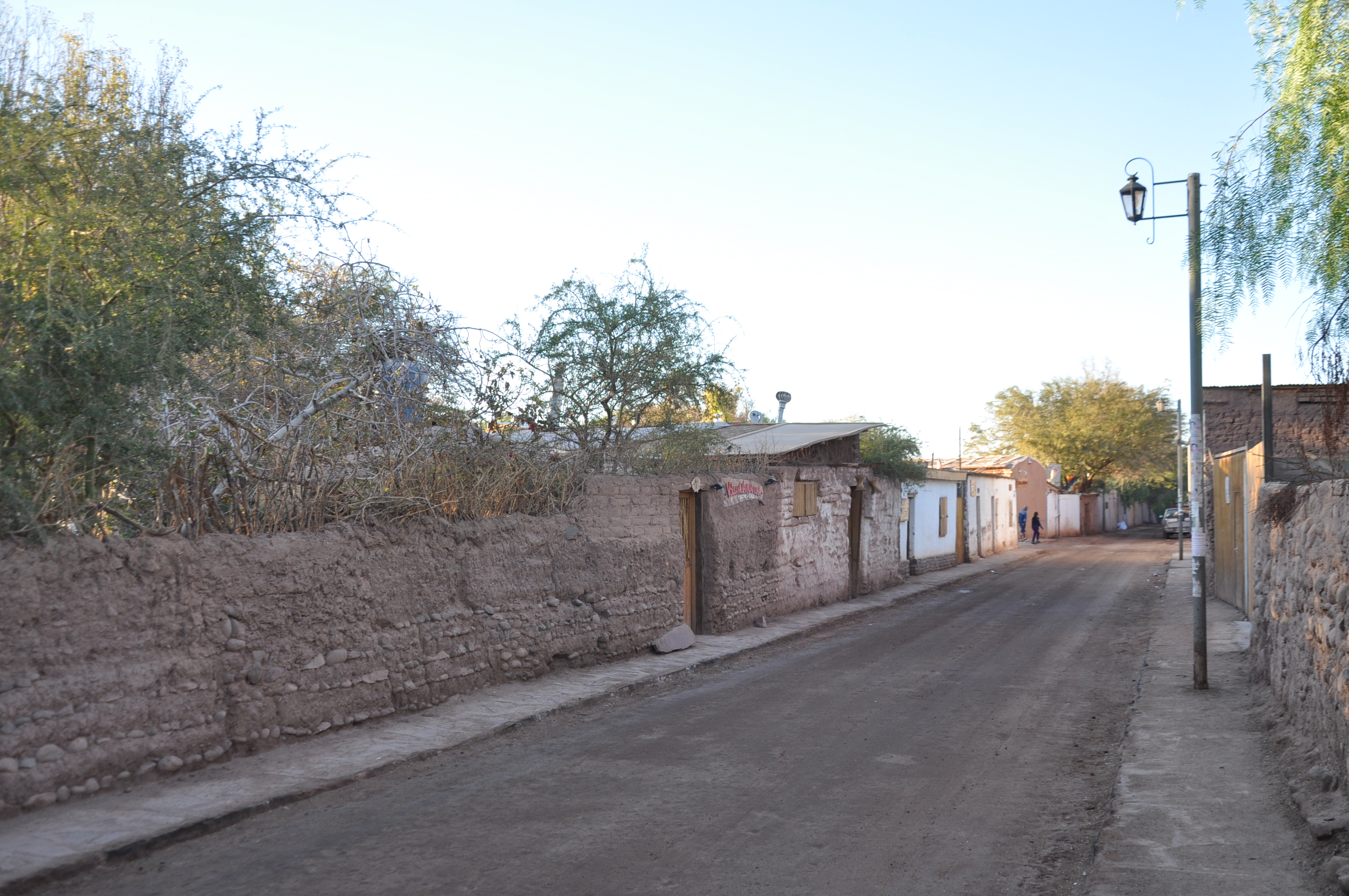
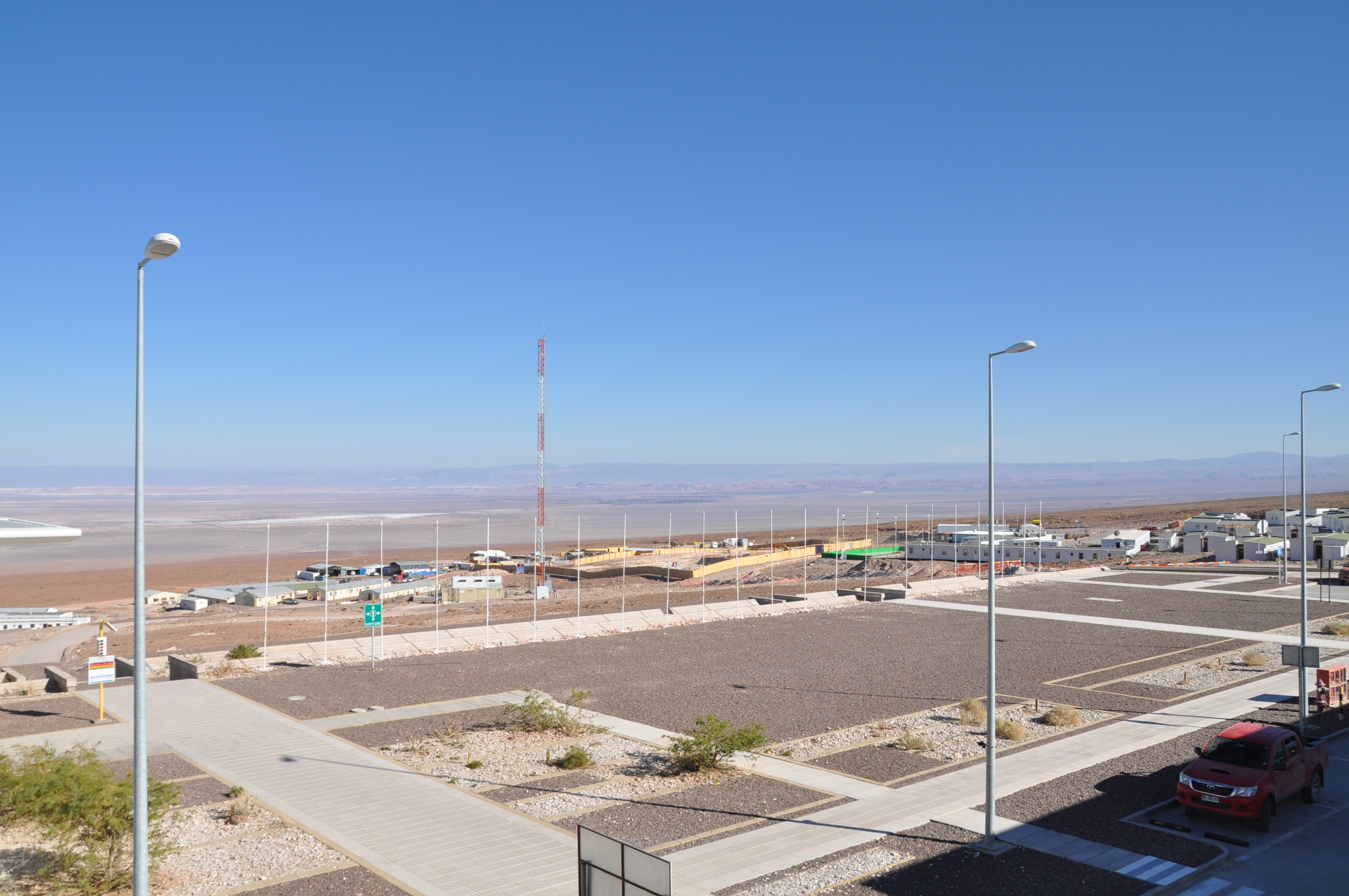
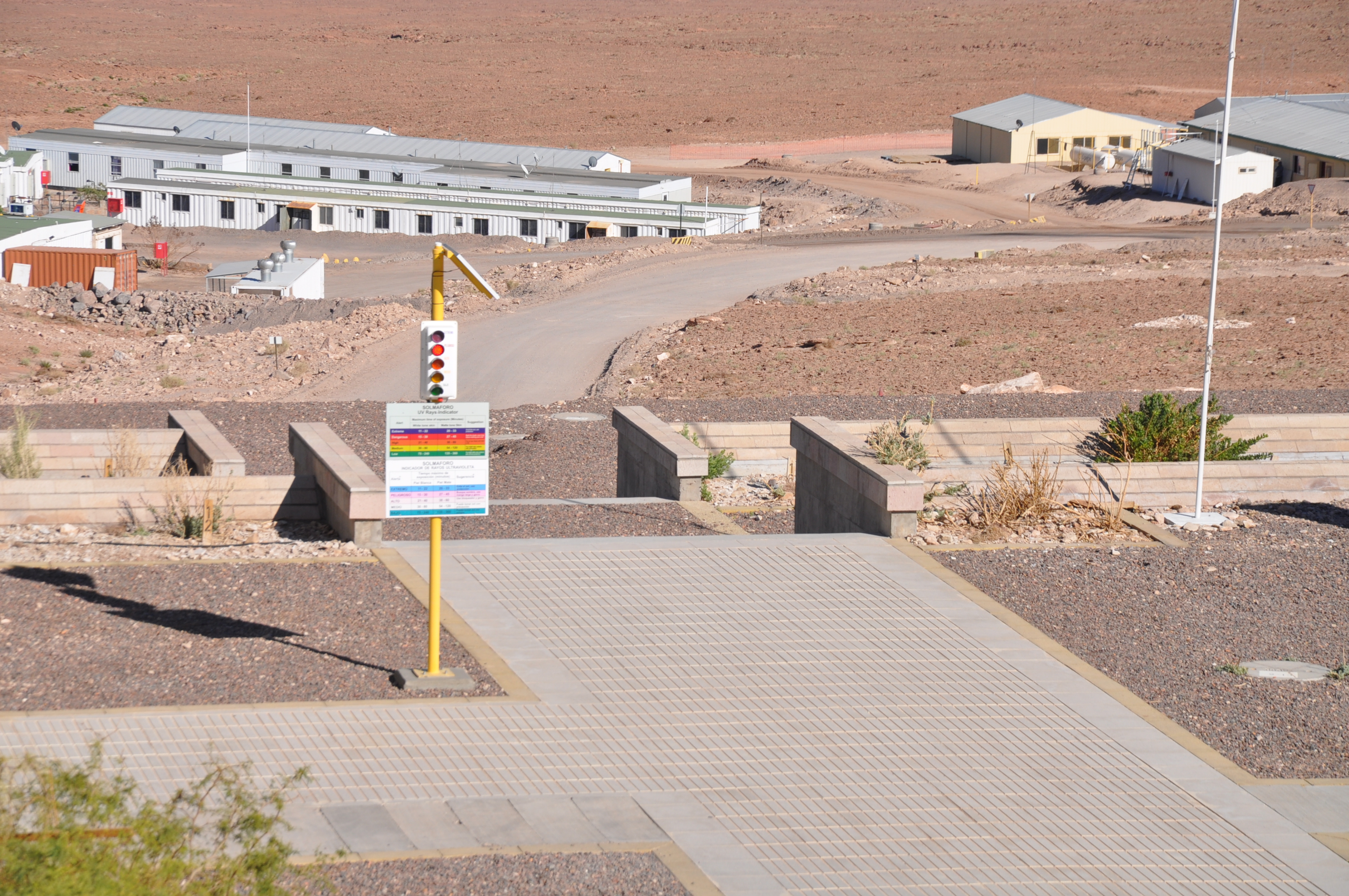
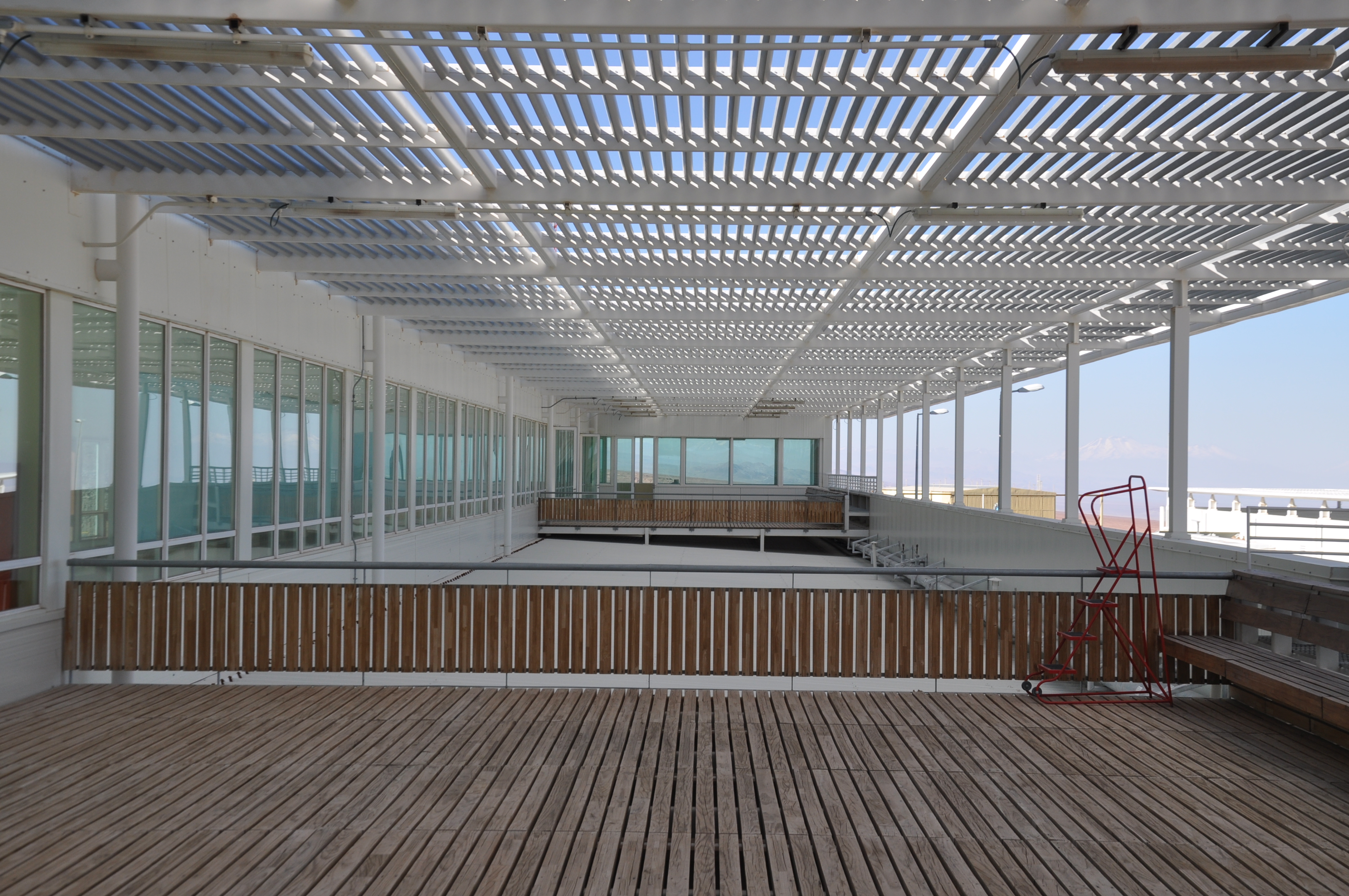
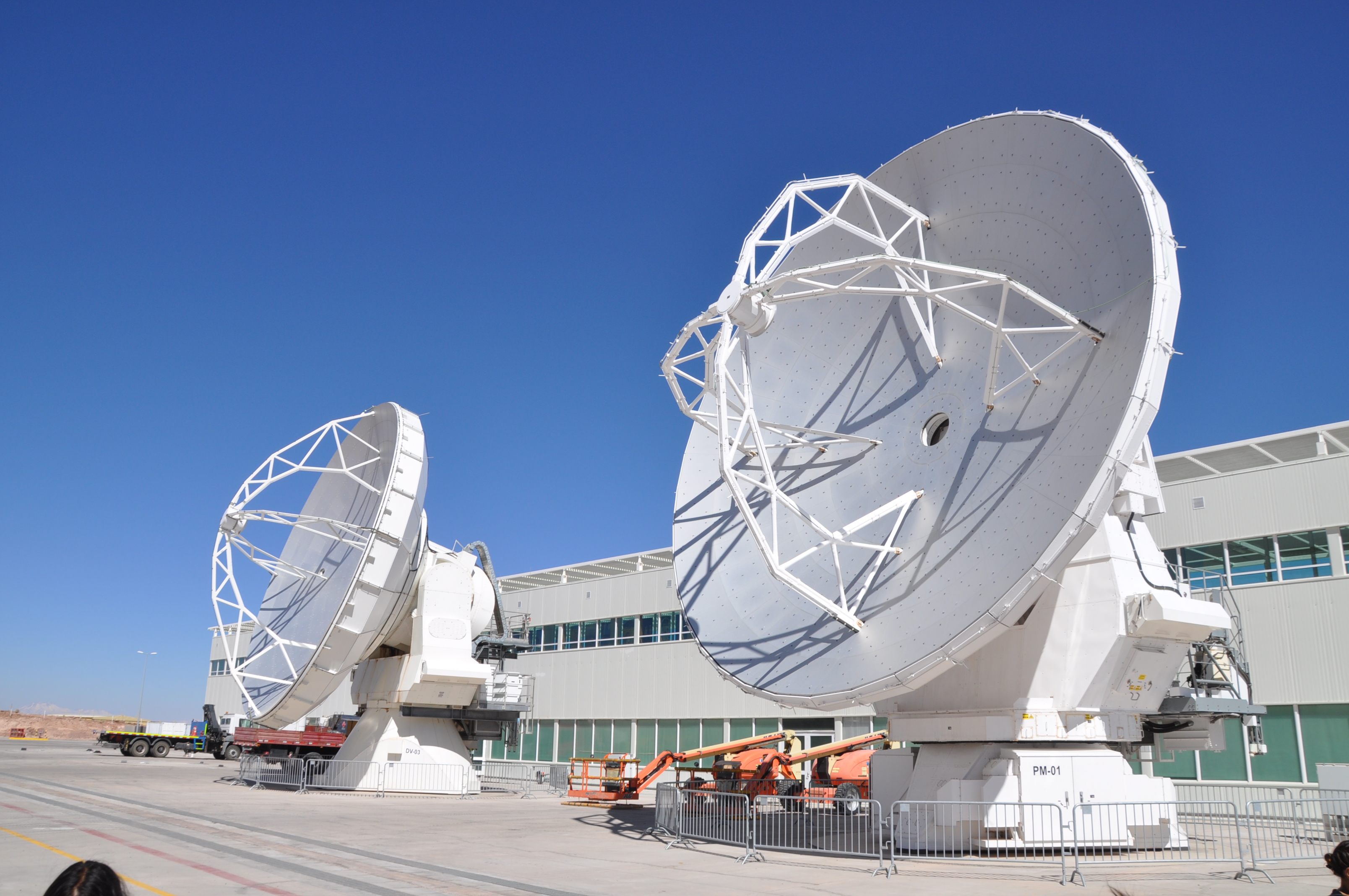
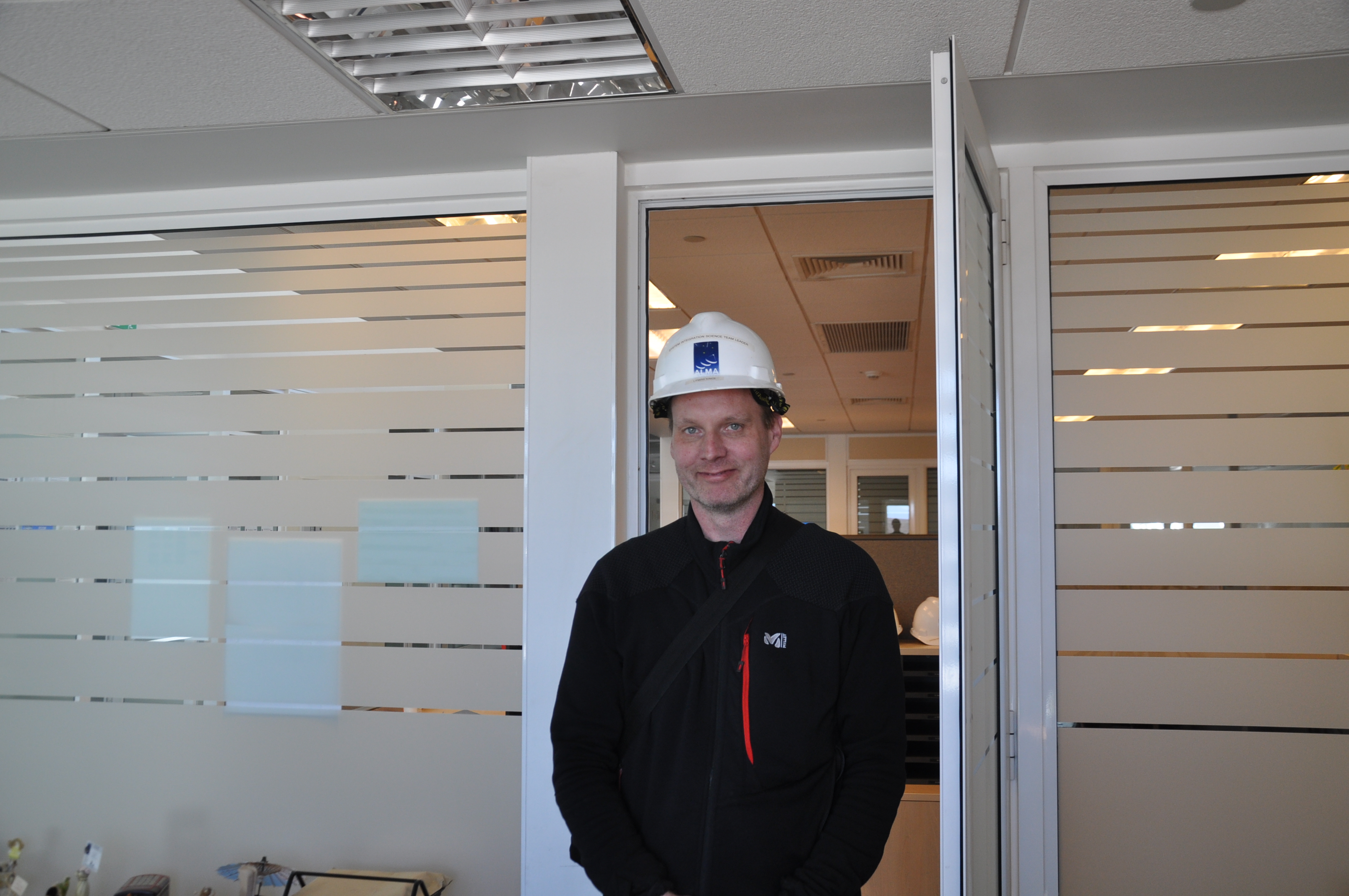

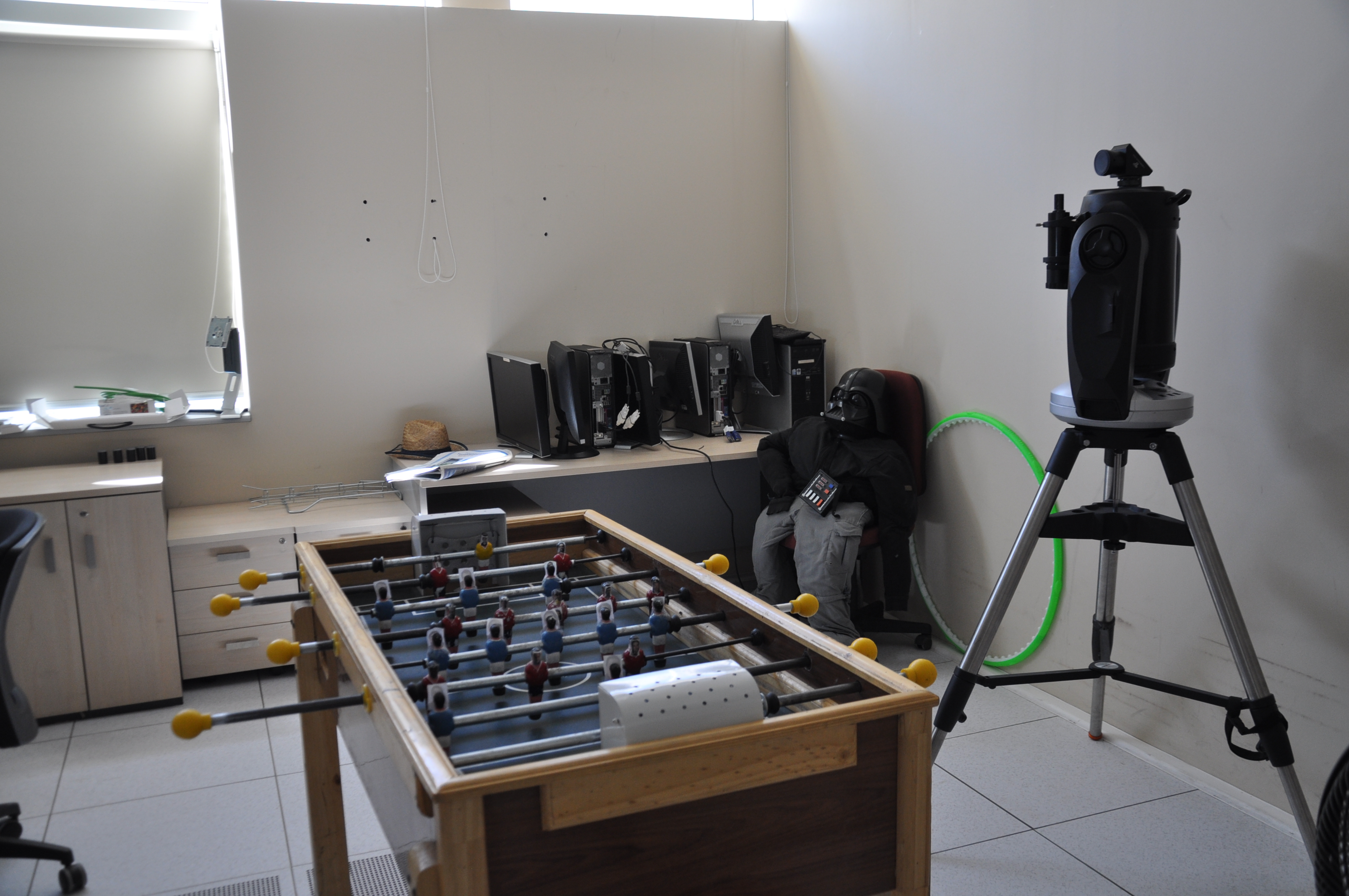
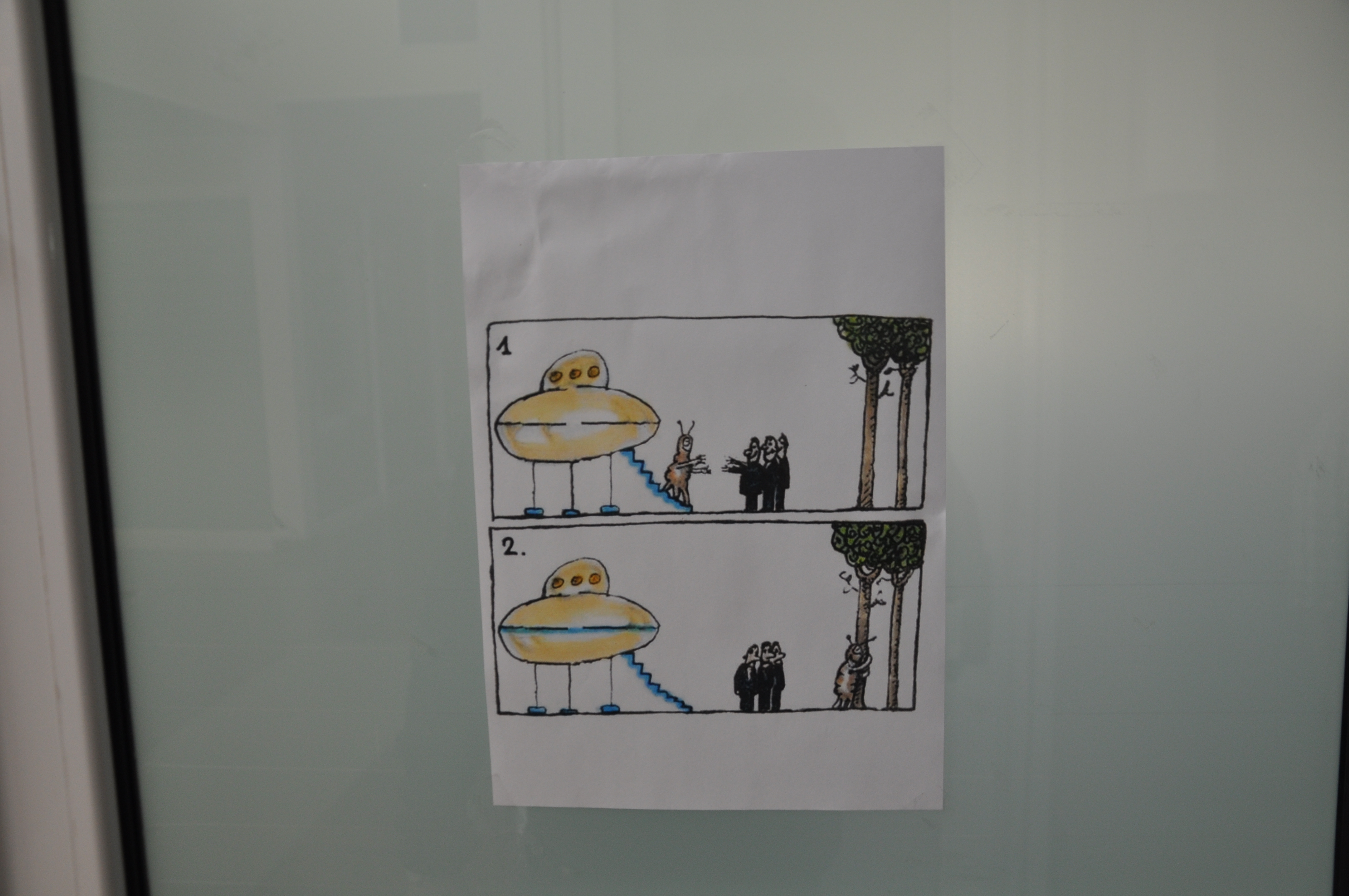

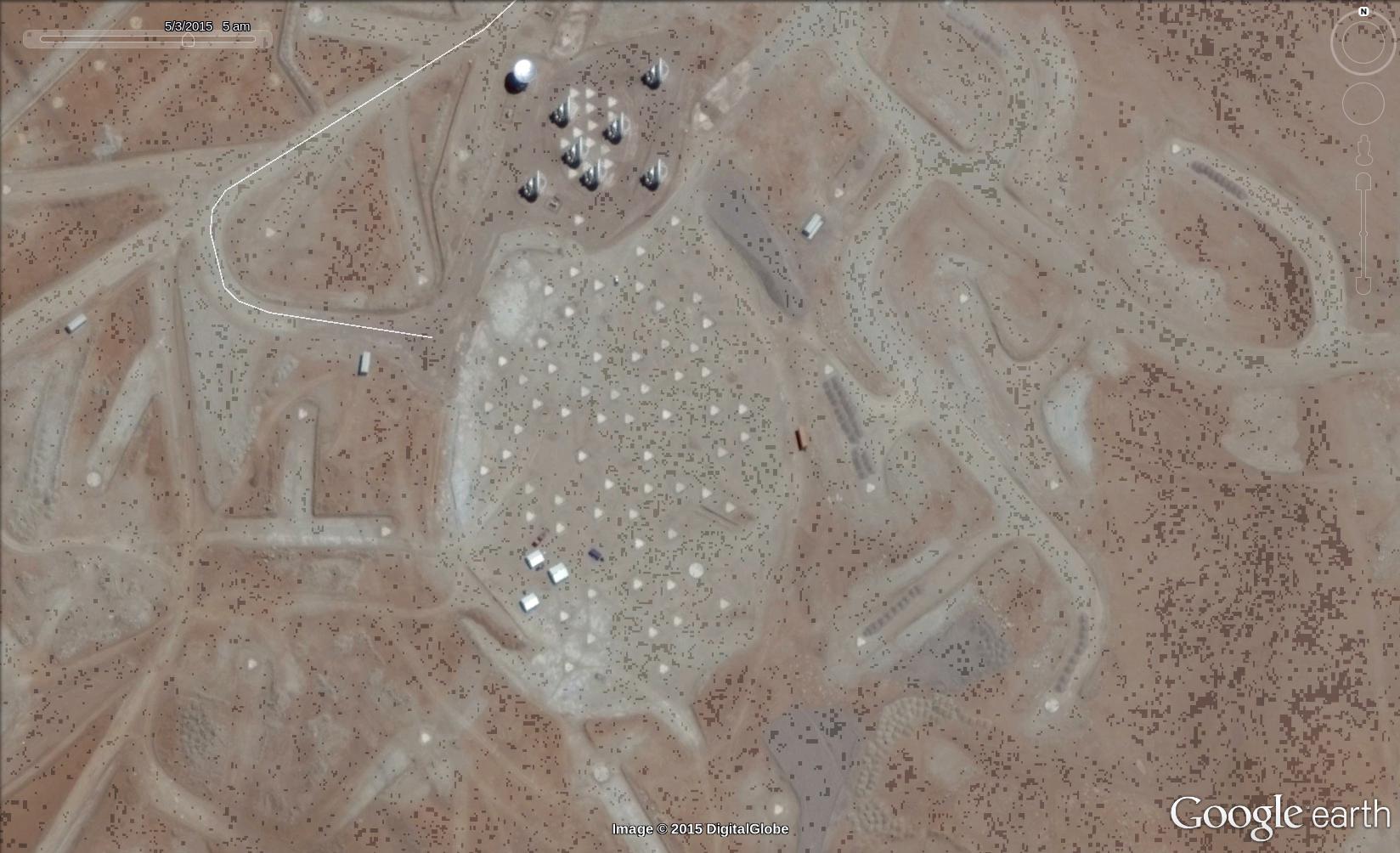

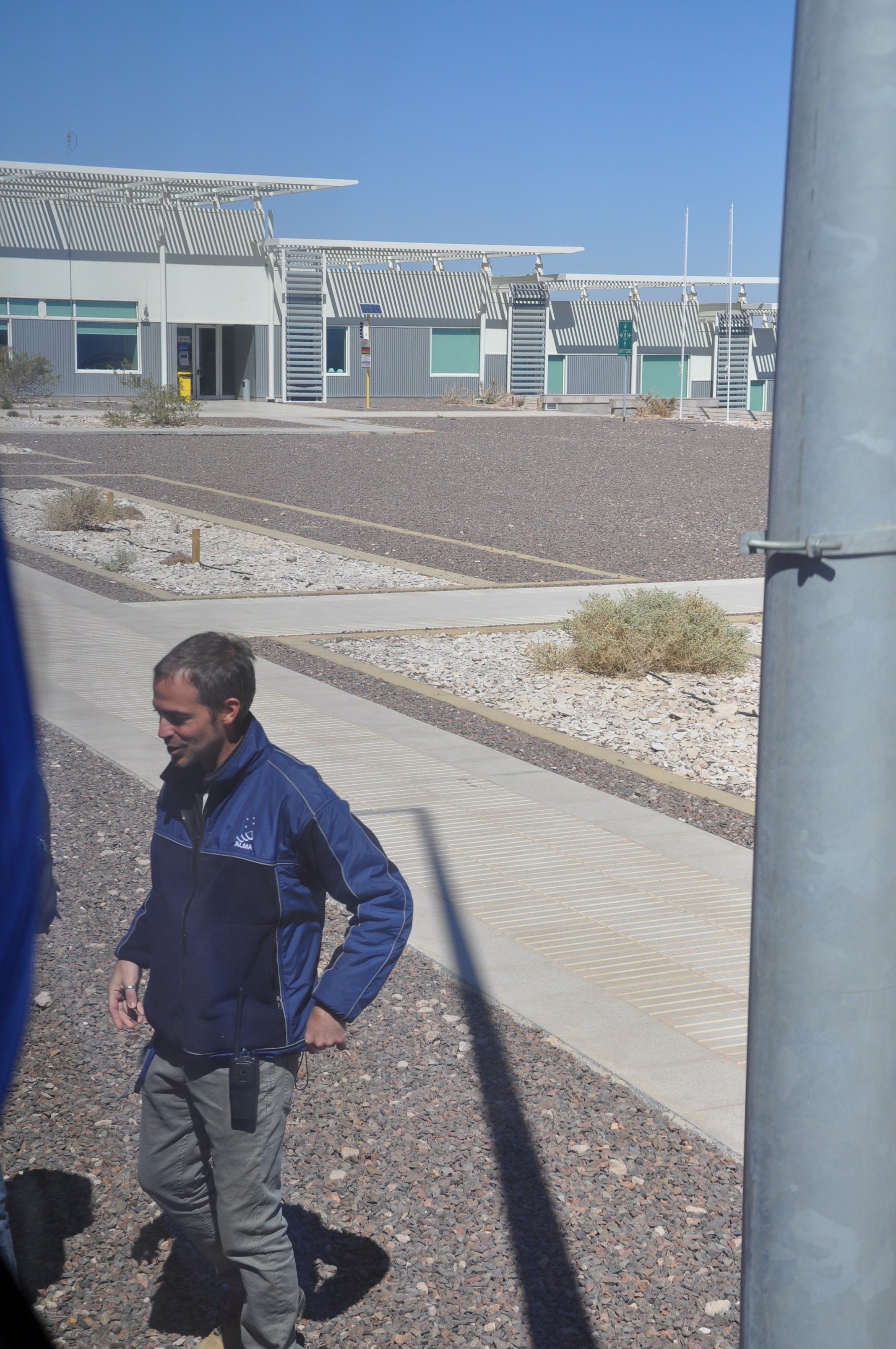
Movies: Introduction to Alma:
Movie: The Correlator
Links:
Entry Point to ALMA: http://www.almaobservatory.org/en/about-alma
